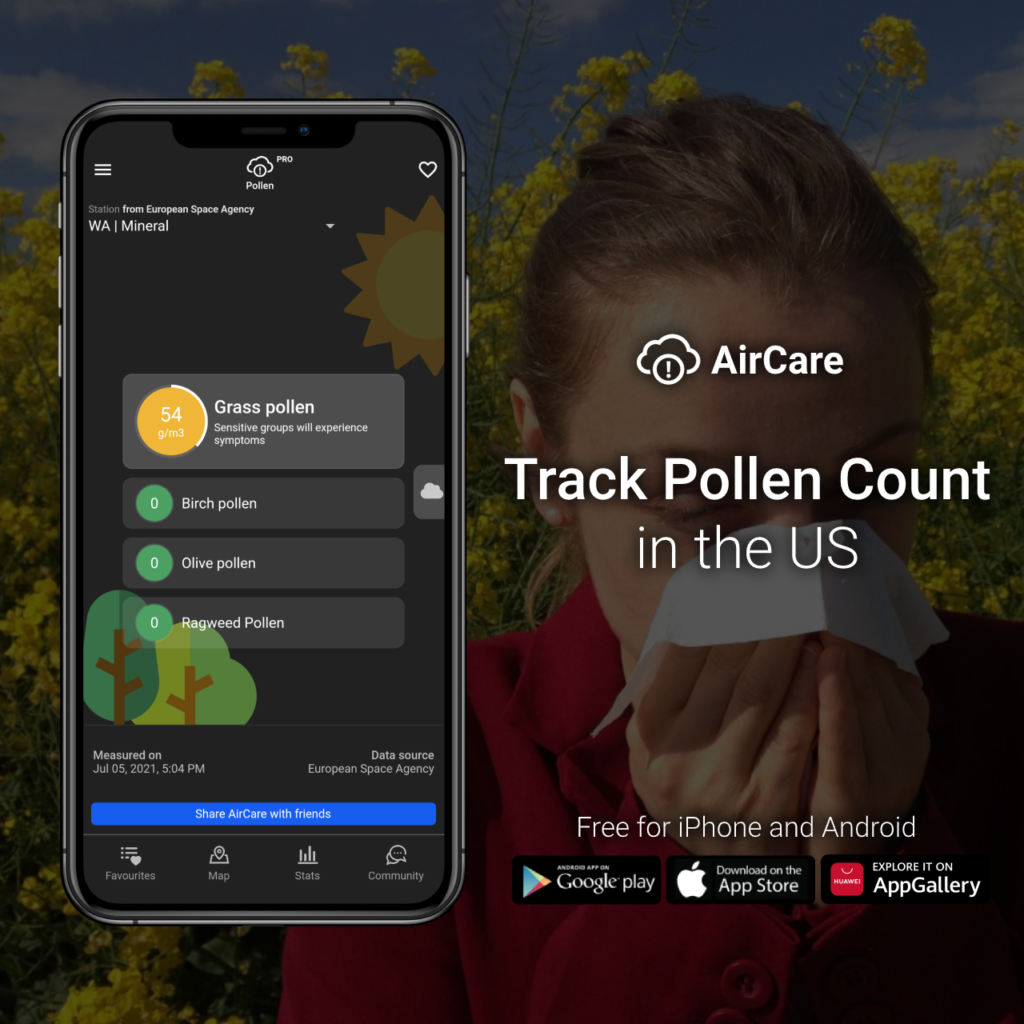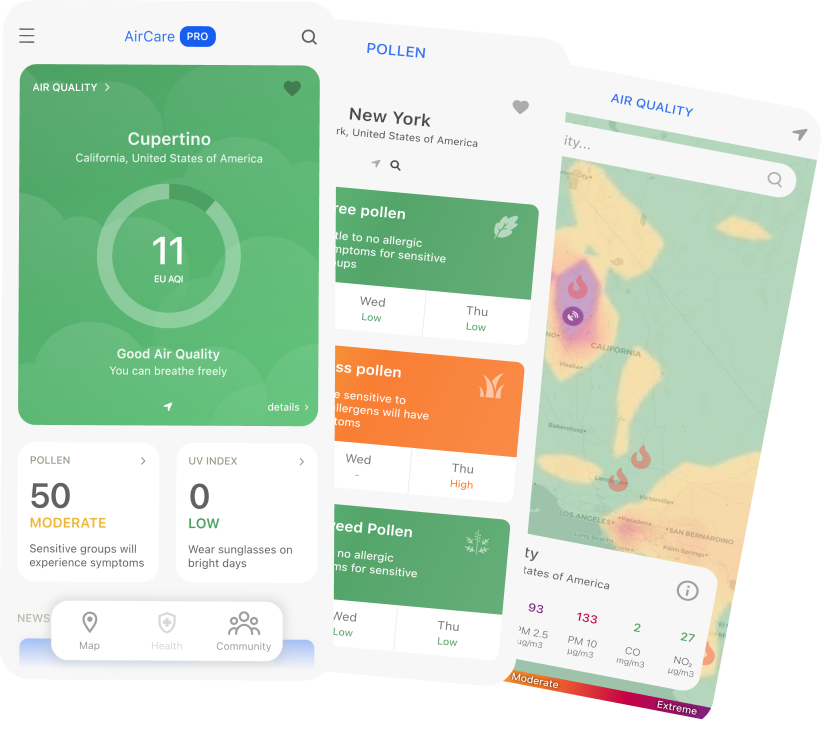
Pollen is one of the most common triggers of seasonal allergies. Many people know pollen allergies as “hay fever.”
Each spring, summer, and fall, plants release tiny grains to fertilize other plants of the same species. Most of the grains that cause allergic reactions come from trees, weeds, and grasses. These plants make small, light, and dry grains that travel by the wind.
Grasses are the most common cause of allergy. Ragweed is the main cause of weed allergies. Other common sources include sagebrush, pigweed, lamb’s quarters, and tumbleweed. Certain species of trees, including birch, cedar, and oak, also produce highly allergenic pollen.
How Can I Prevent an Allergic Reaction to Pollen?
2 of the main things you can do to reduce allergic reactions are:
- Limit your outdoor activities when counts are high. This will lessen the amount of allergen you inhale and reduce your symptoms.
- Keep windows closed during season and use central air conditioning with asthma & allergy filter attachment. This applies to your home and to any vehicle (car, bus, train, etc.).
But how can you know when counts are high or when the season has come? This is where AirCare, the air quality tracking app, comes in. In our new “Summer Mode,” now available in the US, you can track pollen counts in your city!

AirCare lets you track four types of pollen in the summer months: Birch, Grass, Olive, and Ragweed! With the help of satellite data, you will now always know exactly what you are breathing and help curb those pesky allergies! This way, not only can you track AQI and pollution in the air via our large network of air quality sensors, but also track pollen too!





